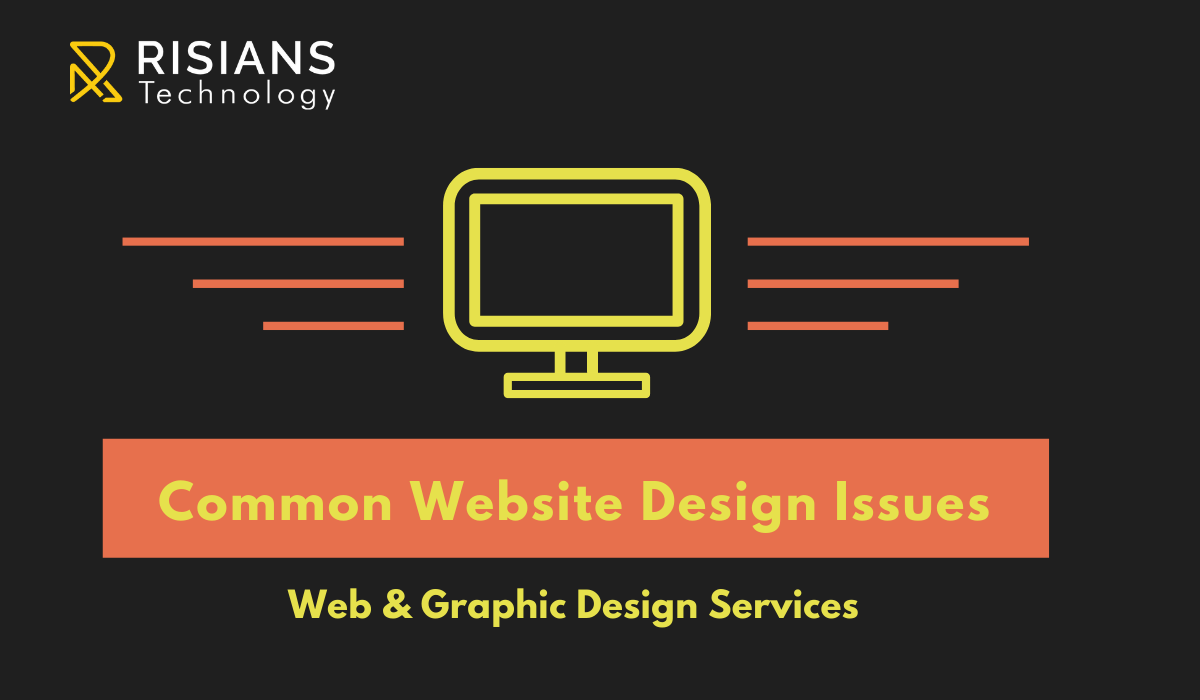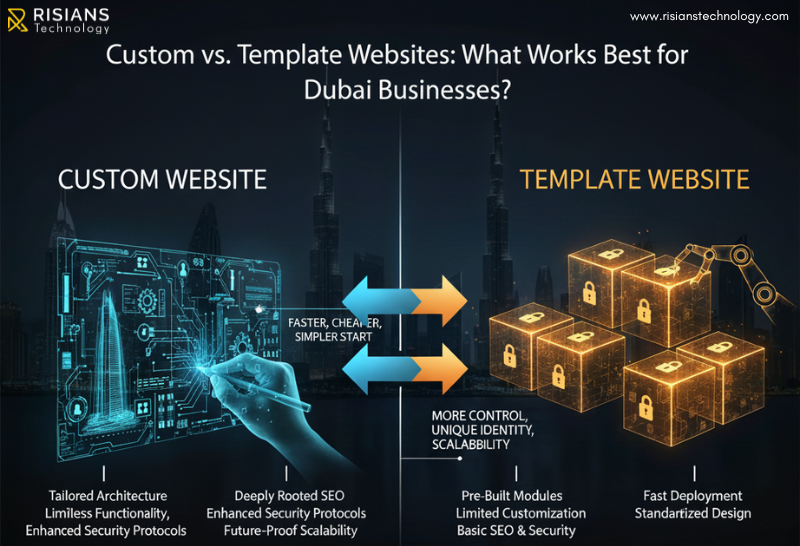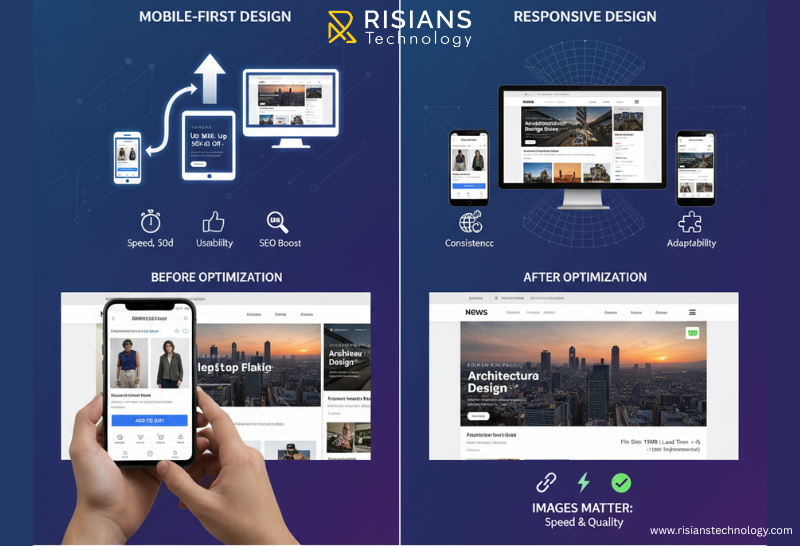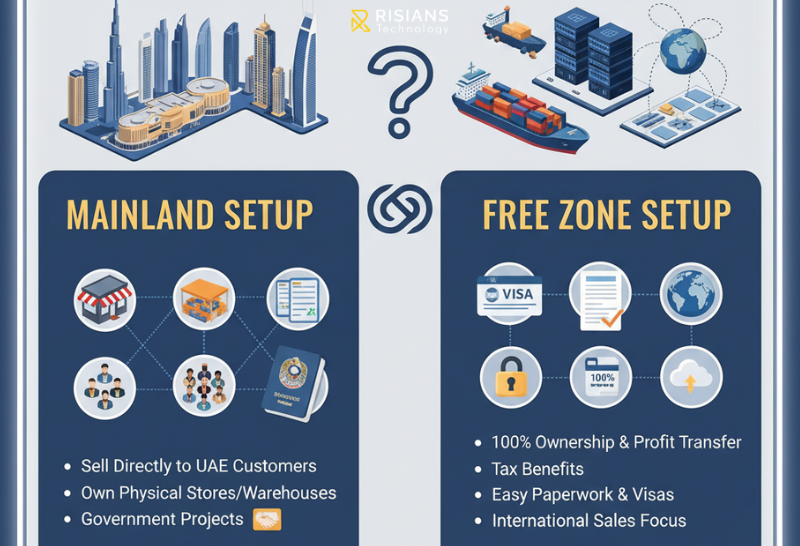Common Website Design Issues
Here Are Some Common Website Design Issues.
1.Slow Upload Speed - There is little more annoying than waiting forever for something to load (anyone remember the ZX Spectrum? You could make a cup of tea and come back before one of the games loaded). Worse, Google will actually penalise you in the rankings for this! Large image files are the most common cause, and the remedy can be simple: cut your file sizes down! File-crunching aids like tinyjpeg.com are extremely handy here. Or invest in a CMS system that automatically resizes images.
2.Slow Servers And Loading Time - If your servers are particularly slow, they could be hosted using a shared account, which means that your site is sharing the server with hundreds, possibly thousands of other websites. You can address this common roadblock by checking with your hosting company to determine whether or not the site is hosted on a dedicated server. If it isn’t, you can request this service, but it may come at an additional price.
If you’re hoping to see just how slow your site is, go to Google and use its PageSpeed Insights tool. All you have to do is enter your domain name and click Analyze. The tool looks at the contents of the site and identifies the elements that are making it run slower. The tool churns out suggestions that will help your website run faster.
3.Poor Standard Of SEO - Most companies have some idea of how important search engine optimisation (SEO) is these days. When it comes to being found by your customers, it is an information war out there. If you are poorly armed in terms of incorporating key terms and technical knowhow, your business is at a significant disadvantage. The answer is simple: get an experienced staff member or company to advise you or, better still, identify and keep track of the SEO terms that matter to your business.
4.Not-Responsive Design - It’s pretty popular to use responsive design, because we find there’s no reason for us to make a website which cannot adapt to the given resolution and device size. It’s a must especially for shopping cart websites/Apps whose target audiences are coming from mobile.
5.Bad IA (Information Architect) - Everybody wants to stand out from the crowd and his design work can appeal to others' eyes. However sometimes it just goes to the other side if we overemphasize on the creativity in the design. To keep a good balance in the visual hierarchy can leave a good impression on users, and it can deliver more info to them.
6. Failing To Optimize Bandwidth Usage - When developing and testing a site, businesses often rely on a local network environment. This may not seem like an issue at first because adding visual, audio, video or other high-volume data may not affect your local network. However, consumers accessing the website at home through their smartphones may face a series of issues you weren’t anticipating.
Make sure you optimize your bandwidth usage for a performance boost. Some of the elements you can include are the minification of JavaScript, the minification of all CSS, server side HTTP compression and optimization of image size and resolution.
7.Traffic Spikes - Spikes happen, especially during a marketing promotion with videos, and a company may not be prepared for the extra traffic. This issue can also cause your servers to slow down, hindering the performance of your site and harming your brand.
One solution is by setting up an early warning system using simulated user monitoring systems such as NeoSense. Doing so will help you see when traffic is impacting transactions before users are affected negatively by the experience.
8.The Domino Effect - Finally, make sure you realize that a failure in one location may affect other spots in ways you wouldn’t necessarily think of. Problems compound upon themselves, making it hard to determine what is really going on. You’ve got to train your team to find root causes, backtracking through problems to find the real culprit. You may even want to think about mimicking Netflix’s Chaos Monkey strategy, which introduces abnormal errors in the network to push the boundaries of resiliency and recovery.
9.Proactively Solve Performance Issues - Now that you have an overview of the most common performance problems it is easy to see why we need to test load performance at higher user levels beforehand. Check out this related article, which explains how to get your servers ready for heavy user load. Once users have adopted your site, take advantage of testing-in-production (TiP) procedures. Finally, use simulated user scripts, which navigate and perform buyer transactions to give you better data about where the site falls short.
Conclusion
When it comes to solving client problems, the best thing you can do is be patient. Ask questions to help better understand their problems and be understanding when it comes to offering solutions. Contact Now prominent web design company in dubai Risians Technology.
Some clients don’t want to know why something isn’t working, they just want a fix. Others will want to understand a process or workflow that they can follow if the mistake is due to their actions.
Solving these types of design problems is all about building better client relationships for long-term success.









